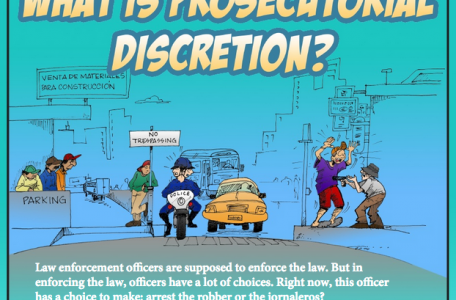Manuel Roman Gutierrez has lived in the U.S since he was 16 years old. Last November, two weeks after his youngest daughter was born, he was stopped by Milwaukee police, and although he was not cited or charged, he was turned over to Immigration and Customs Enforcement (ICE).
It has been one year since Manuel was detained, and since then ICE has aggressively pursued removal against him. At every step of his deportation process, Manuel and his attorney have presented evidence that show that he does not meet any of the priorities for deportation set by the Department of Homeland Security (DHS), demonstrating that Manuel is not a threat to public safety, and that his deportation would negatively and irreparably affect his family. Read more


